Full Guide To Black Tourmaline vs. Obsidian (This Is The Difference)
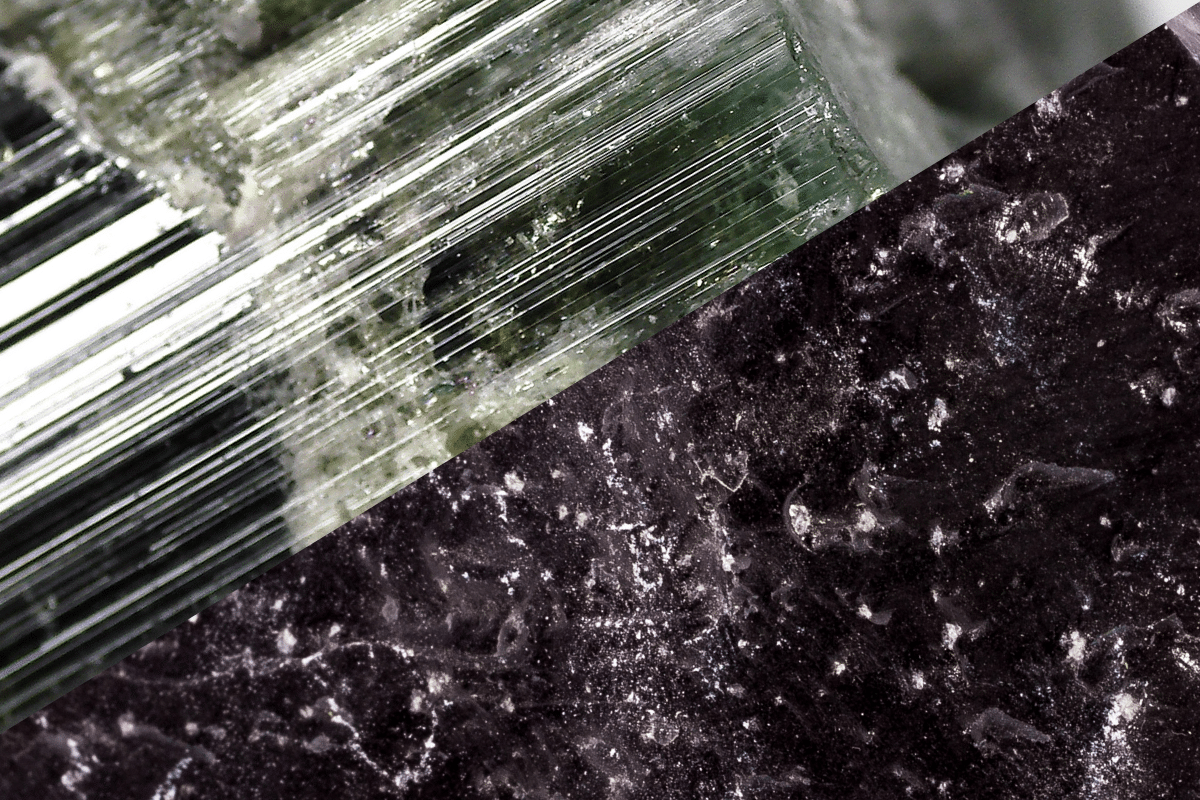
In order to work with our crystals effectively, we need to understand their properties. With crystals that look similar or have similar uses, such as black tourmaline and obsidian, it can be difficult to determine which one to work with. The answer should always be; the one that you are drawn to the most.
Obsidian is sometimes sold as fake black tourmaline making the purchasing experience more complicated. Knowing the difference between black tourmaline vs obsidian can also ensure you get real black tourmaline.
However, if you are looking to find the difference in physical appearance as well as metaphysical properties, you’ll find your answer here.
Raw black tourmaline is lumpy and rough on the surface, while raw obsidian forms in shards and is smooth. Even polished, you can still see tourmaline’s rough surface. It is also opaque, whereas obsidian is translucent, transparent on the sharp edges. Black tourmaline is mostly used for protection and cleansing, obsidian for protection and grounding.
Continue reading if you want to know more about the (physical) qualities of these stones, as well as how you can use them in your spiritual practice.
Also Read: Black Kyanite vs. Black Tourmaline – What’s the Difference?
Want more help or information? If you have any more questions after reading this blog post or want a personal answer for your specific situation, join the free Facebook group! We promise you’ll get an answer from either our team members or a community member.
Black Tourmaline vs. Obsidian – How To Tell The Difference?
In order to understand the difference between these two stones, we can look at the color, shape, pattern, clarity, and more. Below we’ll describe all these aspects in detail.
Chemical Composition
Obsidian is a silica-rich type of glass that forms when volcanic lava is cooled rapidly. Obsidian gets their glassy and brittle properties from the way they are formed. Pure obsidian is dark, however, differences in color will arise when there are impurities within the crystal. Obsidians will range from dark browns to blacks. The presence of iron is responsible for the brownish color, while iron oxide is responsible for the black-colored obsidians.
Tourmalines belong to the silicate group of minerals. These crystals form through the hydrothermal process where steam, hot water, and lava mix with other sediments to form a crystal. Tourmalines are found in different colors, but the most common variety is the black tourmaline. Tourmaline is mostly found inside or around other minerals like granite.
Black tourmaline is glass-like in appearance. The crystal is slightly reflective but opaque in transparency.
Also read: Hematite vs. Obsidian – What’s the Difference?
Color
Both crystals occur in a variety of colors and are sought after for their unique uses. Obsidians’ range of color includes mahogany, snowflake, black and golden. Tourmalines, on the other hand, have the widest variety of colors among all gemstones. These crystals are available in pink, yellow, blue, black, or a mixture of these colors. Black is, however the most dominant of them all. Black tourmaline may show red hues when exposed to bright light because of the iron content in the stone.
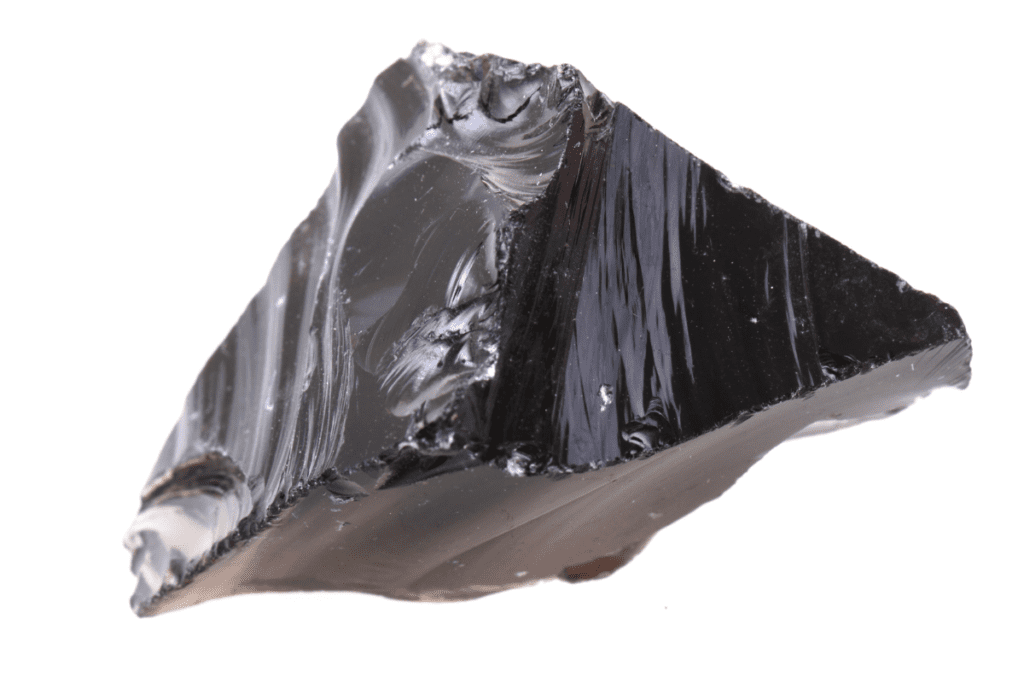
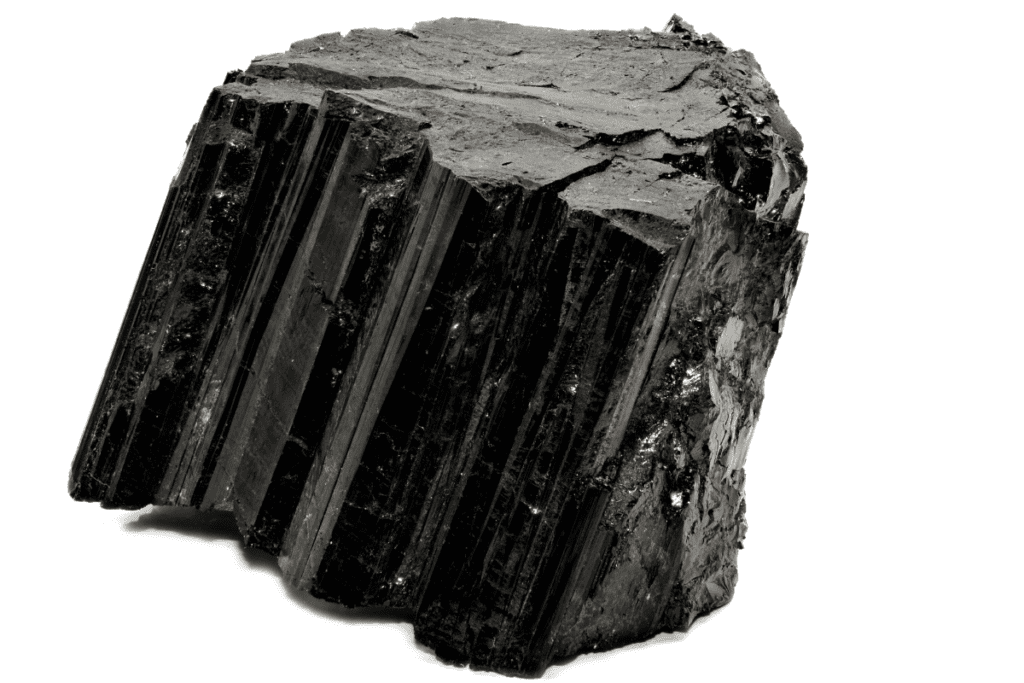
Pattern and Clarity
Tourmaline is a natural gemstone that is completely opaque. The stone may form in large or small crystals, chunks, or nuggets, depending on its host mineral. The tourmaline crystal is found in long, slender, three-sided prisms, which is relatively unique to this crystal. Additionally, this stone does not break in predictable patterns.
On the other hand, black obsidian is a volcanic glass that is translucent and can look transparent on very thin edges. However, impurities within the stone may render it opaque. Black obsidian occurs naturally, has a uniform texture, and is very shiny. What is particularly interesting about this stone is that when it breaks, it breaks in a semicircular pattern. This is entirely unique to glass (and thus obsidian).
Hardness
Obsidian is a softer stone compared to tourmaline. Tourmalines rate 7 – 7.5 while black obsidian rates 5- 5.5 on the Mohs Scale. If you’re unfamiliar, the Mohs scale of hardness determines a stone’s hardness by measuring how scratch-resistant it is. According to this scale, a stone can scratch any other mineral with a lower score. For reference, talc is a 1, whereas diamond is a 10.
Obsidians are extremely brittle and soft and can be incredibly sharp on the edges, which makes them hard to work with, especially in ornaments. As a result, obsidian jewelry and ornaments go through very little modifications.
Tourmaline is more preferred for ornaments because of its hardness and ease of working with. Its hardness guarantees that the stone does not scratch or get damaged easily. It also means that the stone can withstand chemical weathering and won’t lose its shine easily.
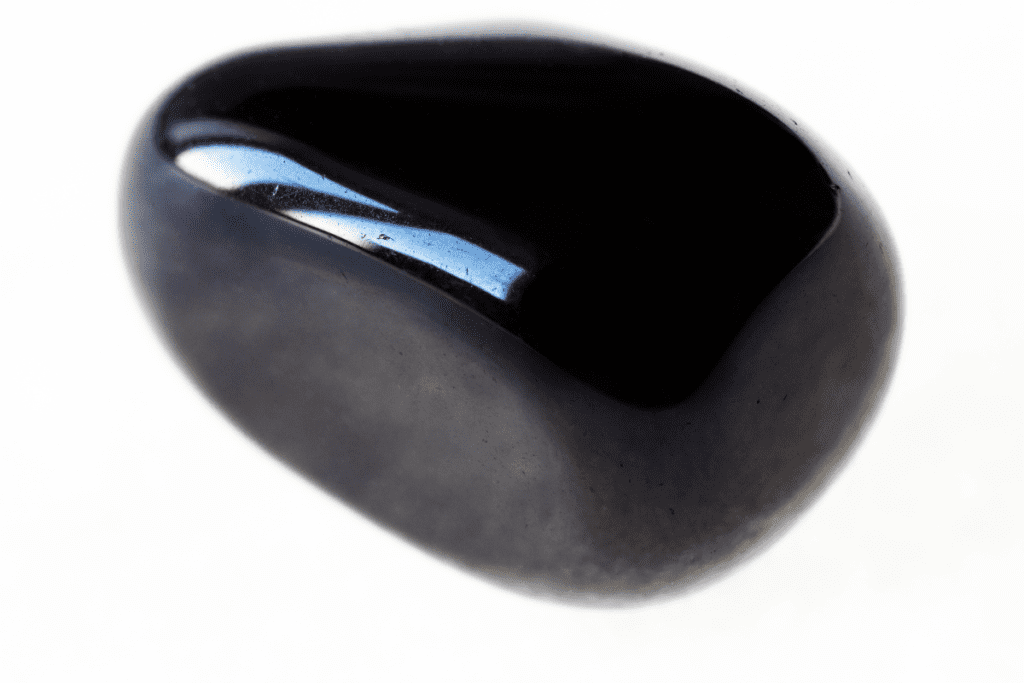
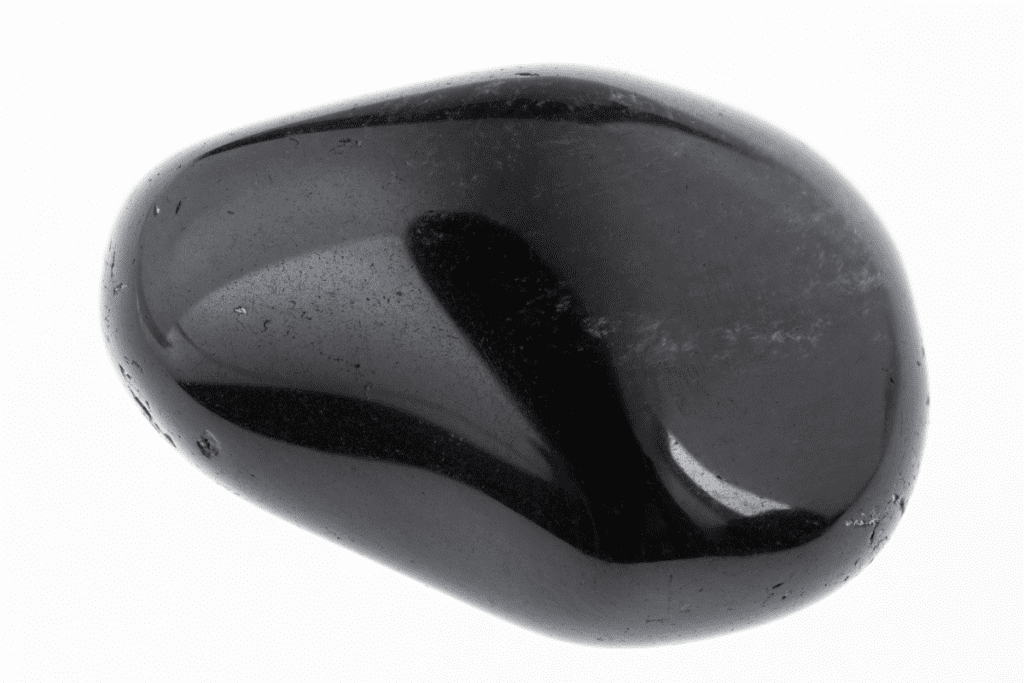
Location
The main source of tourmaline is the southern California mines in America. The crystals may also be found in China, Brazil, and Tanzania.
Obsidian can be found in any area where volcanic eruptions occur. The main deposits include Canada, Italy, Argentina, and Iceland, among other areas.
Care
We recommend cleaning your stones by either running them under tap water or cleaning them with a damp cloth. If you’d like, you can use some detergent as well. Make sure to dry the stones afterward. Do not leave obsidian or black tourmaline to soak, as this can turn them dull or brittle. Apart from physically cleaning the stones, you might want to clear them for negative energies. This is highly recommended if you used them for their metaphysical properties, especially with black stones.
The reason for this is that these stones absorb low vibrations, thus protecting you from them. Every month or so, you want to remove these energies from the stone so you can continue to use it. Below you’ll find some ways to do this.
Note that black tourmaline is often said to be self-cleansing, meaning it will transmute negative energies into positive ones. However, some still like to cleanse this stone; it’s entirely up to you.
Water cleansing
Both stones can be cleansed and recharged under running water. Running water cleanses off the negative energies accumulated on the stone and fills it with new ones.
Light charging
Both stones can be cleansed and recharged using the sun or the moonlight. Do not expose the stones to direct sunlight for prolonged hours to prevent damage. We also do not recommend leaving these out during midday. A better option would be the morning sun.
Clear quartz or selenite cleansing
Clear quartz and selenite are some of the best self-cleansing crystals. Leaving the black tourmaline and obsidian crystals in the presence of clear quartz will cleanse and fill the stone with positive energies.
Sound cleansing
Sound cleansing is done to restore the vibrations of the stone after use. This can be done using bells and singing bowls or any other form of music. If this is your preferred method of cleansing, you can use the video below; just let the sound fill the room. You might also want to meditate or visualize at this time.
Uses
Black tourmaline is believed to dispel and protect the wearer from negative energies, which contribute to their physical well-being. Different colored tourmalines will serve different purposes when worn.
Also read: The Complete Guide To Wearing Obsidian
Feng Shui
Black tourmaline and obsidian are used in Feng shui mainly for protective energies. Either of these stones can be placed in each corner of the house, as well as at the front door, as protection.
Jewelry
Both gemstones can be furnished as ornaments and jewelry. The tourmaline’s ease of use makes it versatile for use in earrings, necklaces, and bracelets. Obsidian is more difficult to work with but is still sold in jewelry too.
Properties
Black tourmaline is used in crystal healing and magic practices. The black crystal is good for scrying, which is a practice most common with mediums. It entails looking through a stone to receive messages or visions from the supernatural realm.
Black tourmaline also offers protection from low vibrational entities. Other metaphysical properties of these crystals include removing negative energies and enhancing psychic abilities. It is also a powerful grounding stone and is believed to have the ability to offer protection against radiation and environmental pollution. For the physical body, black tourmaline helps with anxiety, panic attacks, and any other nervous system-related conditions.
Black obsidian is also a powerful stone. Its grounding and protective abilities are some reasons why it is a sought-after stone. Healers revere this stone as the stone of truth stone and self-reflection. It will empower you to face and address what is revealed to you. The obsidian stone is also used for scrying and revelations of any falsehoods in our lives.
Chakra Association
Both stones are linked to the root/base chakra. The chakra is located at the bottom of the spine and governs our stability and security. The base chakra is also the foundation of all the other chakras, which means it offers stability to the chakra system.
Crystals associated with this chakra can be used to bring calm and peace when you feel insecure and anxious. The stones will also be great in manifesting qualities like reliability, responsibility, and goal-oriented.
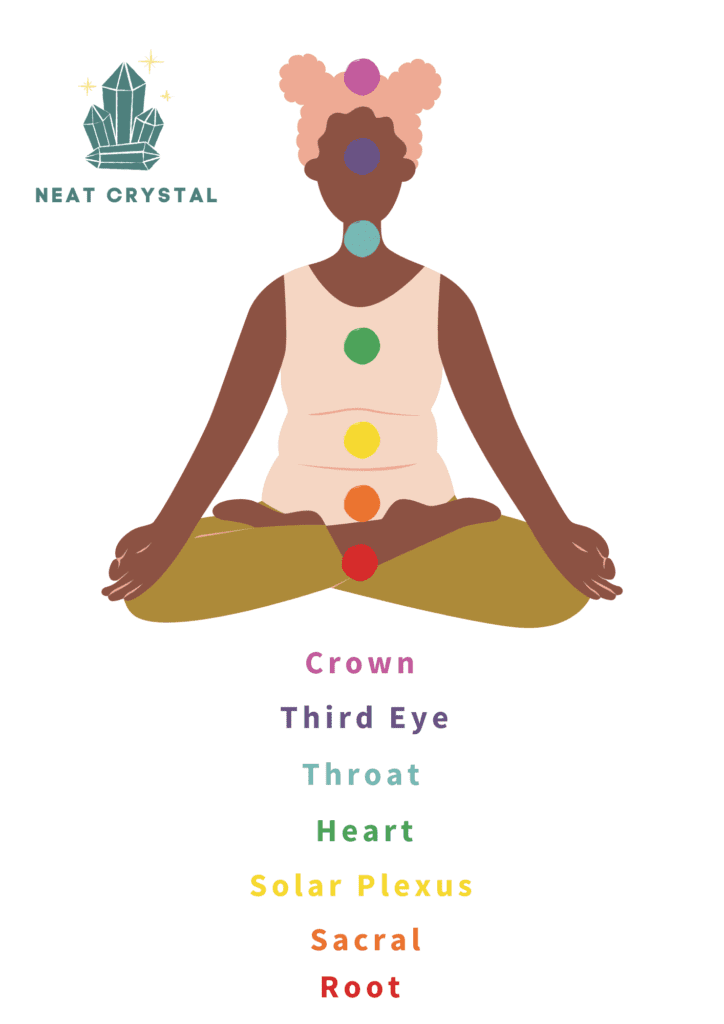
Also read: What Chakra Is Black Tourmaline? (Schorl)
Zodiac Association
Tourmaline, regardless of the color, is a modern birthstone for the month of October. As a result, the stone will work well for the Libras and Scorpios born in that month. The grounding energies present in black tourmaline will also benefit Virgo, Capricorn, and Taurus zodiac signs in keeping bad thoughts away.
Black obsidian, on the other hand, is not a birthstone but is particularly beneficial to Sagittarius, Scorpio, and Capricorn zodiac signs. The stone will help these zodiac signs stabilize and focus their energies on what matters.
Keep in mind that you can use any crystal or gemstone that you feel drawn to, regardless of its associations.






Also read: The Complete Guide To Black Tourmaline And The Zodiac Signs
Element Association
Many cultures have developed the idea of elements to explain nature. In the west, this idea was created by the ancient Greeks and consisted of 4 elements: Earth, Air, Fire, Water. In India, another element is added: Akasha, representing the foundation of the other elements.
The 4 elements represent the following:
- Earth for personal growth, stability and security
- Water for love, friendships and emotions
- Air for intellect, wisdom and communication
- Fire for energy, passion and action
By looking at a crystal’s or gemstone’s properties, we can determine which element fits best.
Black obsidian is associated with the earth and fire elemental energies. The earth’s energy attributes are grounding, prosperity, abundance, and regeneration. Fire element represents growth, change, and transformation.
Tourmaline is primarily an earth element crystal. Both stones can be used to bring clarity and rootedness to any area of your life that needs balance.


Planetary Association
Tourmaline is ruled by planet Venus, the planet that governs beauty, love and our values. This planet also rules the zodiac signs of Taurus and Libra.
Obsidian, on the other hand, is co-ruled by Pluto and Saturn. Pluto governs transformation and rebirth and rules Scorpio. Planet Saturn governs wisdom, karma, and discipline and also rules Capricorn. This planet sheds light on the areas of your life that need you to work on. The black obsidian has the ability to help you rebuild your life into what you would like to be, as well as destroy negative traits that may be holding you back.
Numerical Vibrations
Black tourmalines vibrate at the frequency of 3 and 4. Number 3 in numerology represents fun, joy laughter, and freedom. People resonating with this number take risks and are unique in how they approach life. Number 3 is also used to represent positive energies.
Number 4 in numerology signifies stability and rootedness. People who resonate with this number are reliable, organized, and logical. They may also be a little stubborn at times. Crystals of this number help balance and ground their energies, as well as amp their good qualities.
In general, obsidian vibrates at the frequency of 1, though this differs depending on color. Black obsidians vibrate at the frequency of 4.
Number 1 represents creation, new beginnings, and the end of cycles. The crystals of this number can be used to manifest growth and prosperity for a new project or business.
Best Combinations
To get the most out of our work with crystals, it can be incredibly beneficial to pair and combine crystals with similar properties. This way, they can strengthen and enhance each other. Below you’ll find some interesting options.
- Black tourmaline paired with black onyx or tiger’s eye will be a great grounding and protective energy combination.
- Black obsidian combined with black tourmaline is not only good for the root chakra, but also a good combination to eliminate negative thoughts and energies. These two can be worn as necklaces or pendants for this purpose.
- Smoky quartz and black obsidian are the ultimate combination for grounding your energy. The high vibration energies within the smoky quartz will ground and neutralize negative energies all through the chakra system.
- Black obsidian combined with lepidolite is reliable during difficult times, grief, releasing trapped emotions, and boosting mental health and clarity.
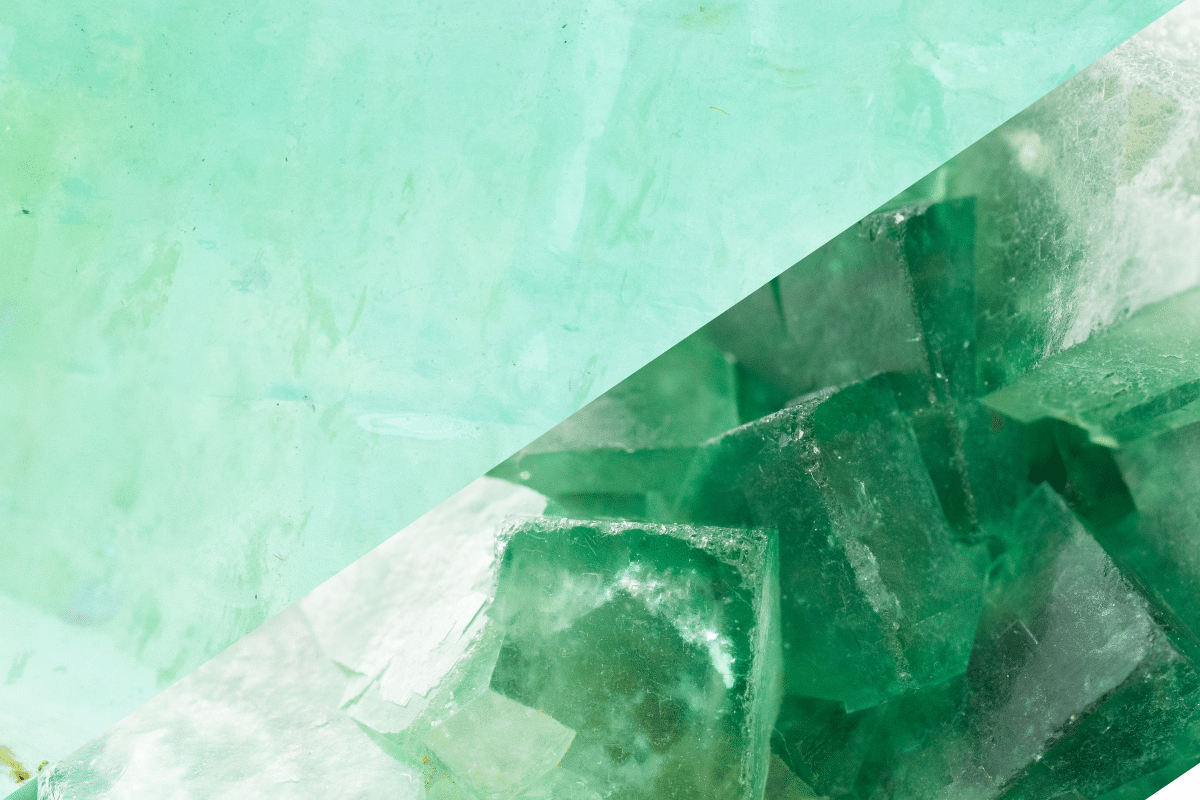
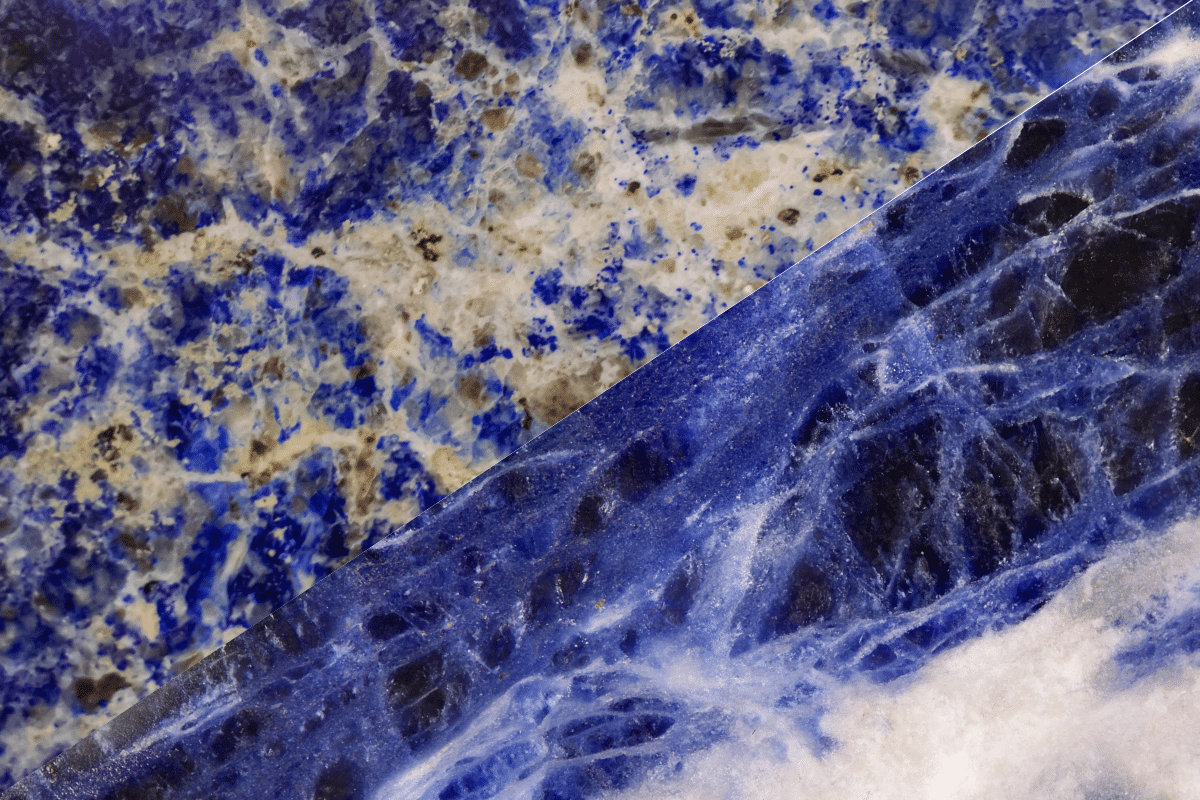
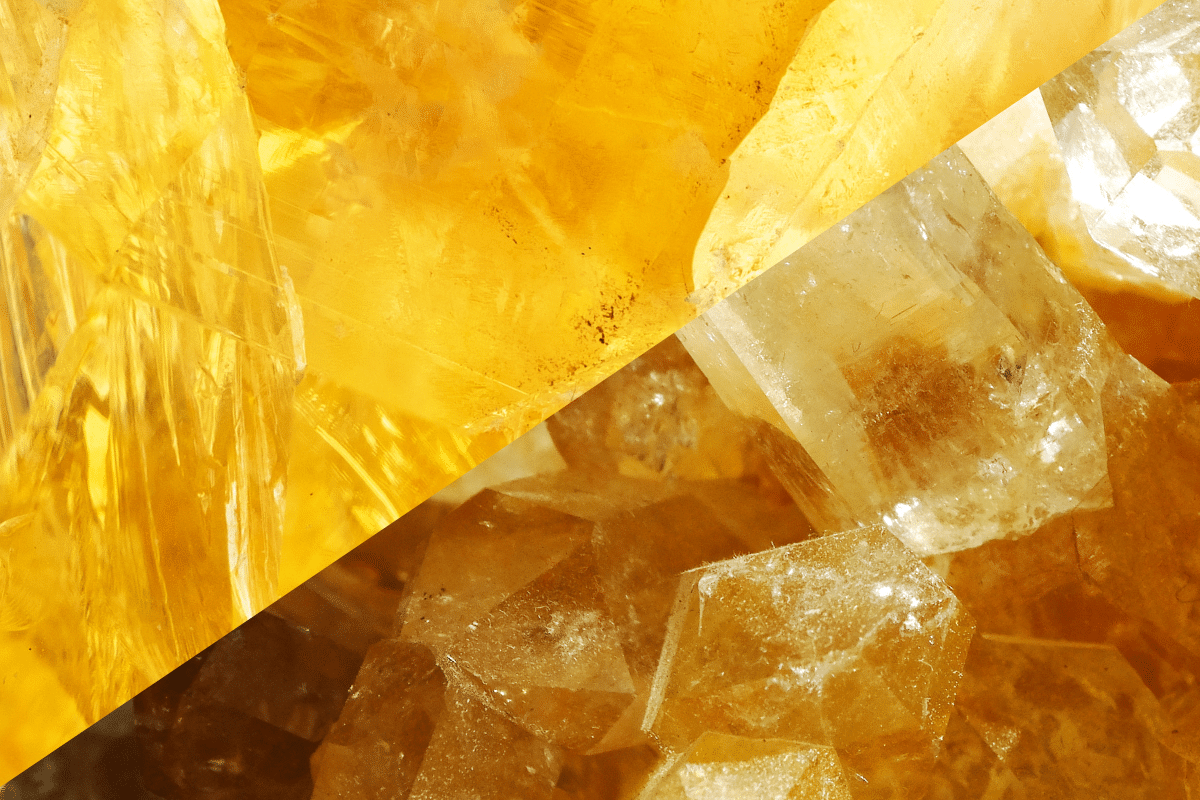
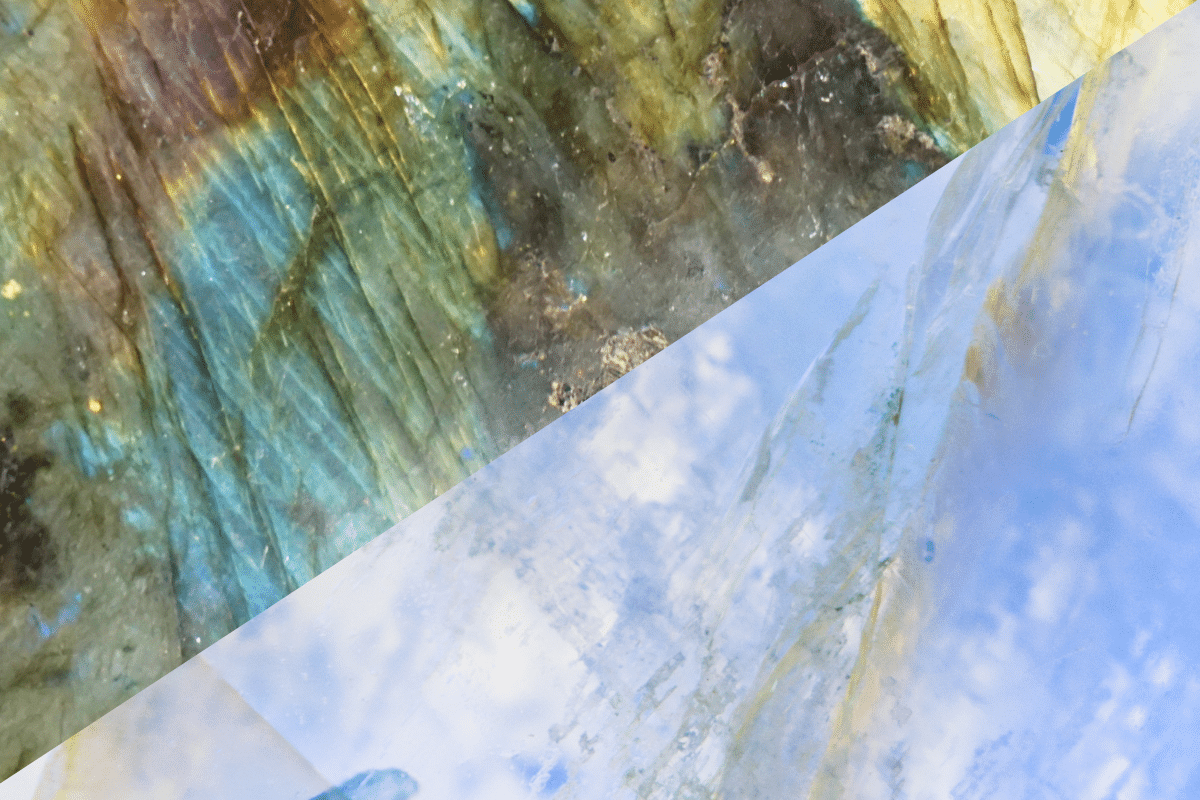



One Comment